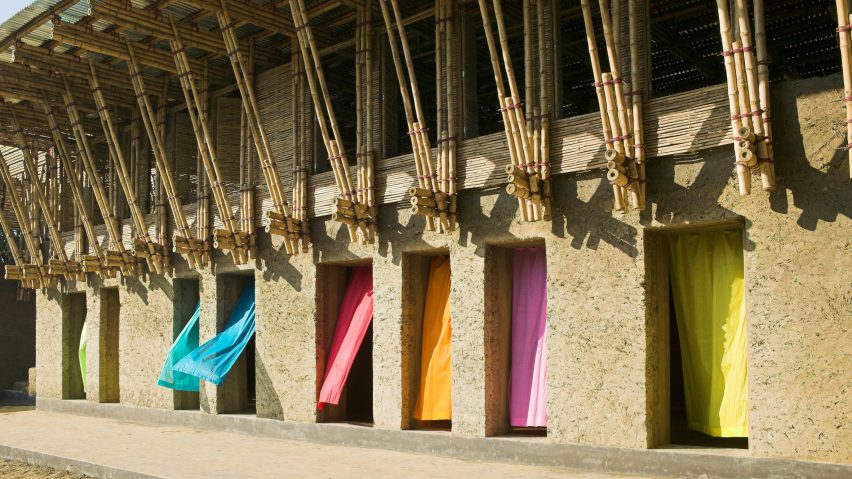
Five buildings that demonstrate the "beauty and sustainability" of Anna Heringer's work
The Essential Beauty exhibition of Obel Award-winning architect Anna Heringer's work is currently on show at Madrid's Museo ICO. Here, curator Luis Fernández-Galiano selects five highlights from the exhibition.
First opened in February as part of the 2022 edition of Madrid Design Festival, the retrospective exhibition curated by Spanish architect Luis Fernández-Galiano showcases the breadth of German architect Heringer's work.
Working across the world, she aims to use architecture as a tool to improve lives – using local materials and labour to support and empower communities and people.
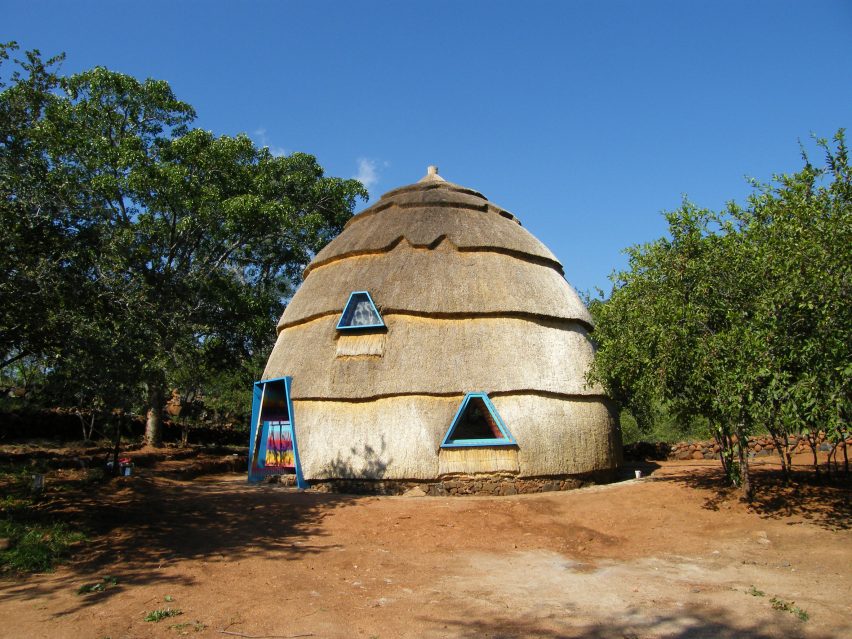
Heringer, who won the Obel Award in 2020 for a community centre in Bangladesh, believes that architecture should be both beautiful and sustainable.
"I am shocked when I hear architects say that beauty and sustainability cannot go hand in hand," said Heringer.
"I don't understand this. For me, sustainability is a synonym for beauty and also for happiness," she continued.
"Something has to be in harmony not only with its urban setting, but with much more than that, with the different layers of society and the environment; it goes way beyond visual harmony, and people feel this."
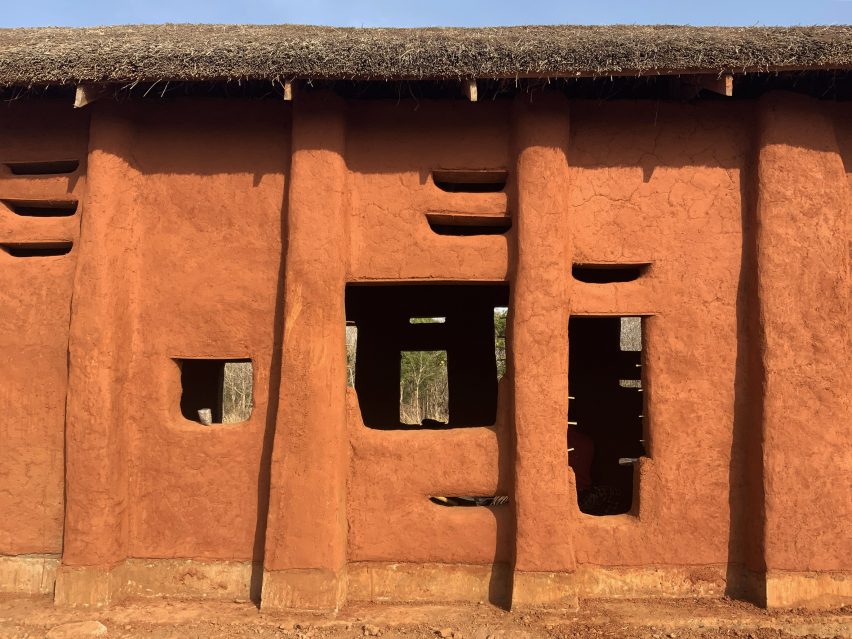
Essential Beauty features texts, images, drawings, models and samples from numerous projects completed by Heringer's studio.
Textile works by Bangladeshi women which were repurposed as architectural site drawings-cum-tapestries are displayed in the museum's main space, while the lower floors of the museum are host to case studies of Heringer's work across three different continents.
Read on for Galiano's five highlights from the exhibition:
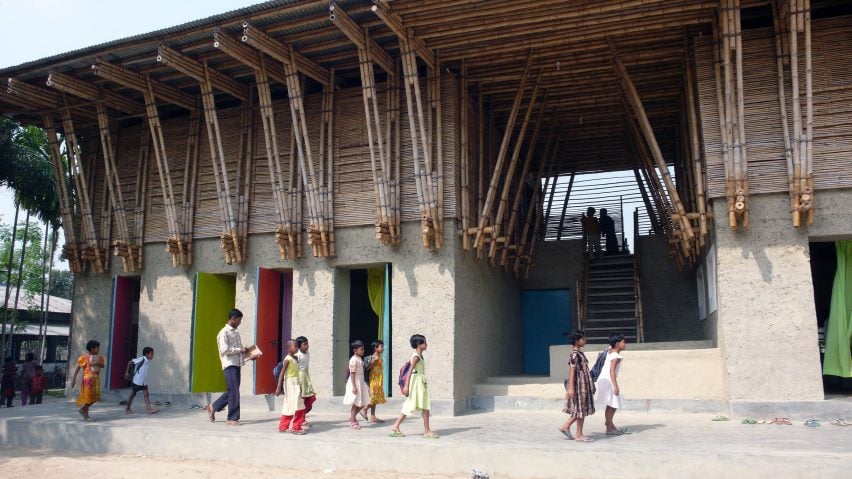
METI Handmade School, Bangladesh (2006)
"METI was the beginning of the story," Galiano told Dezeen. "Her first building, where she found how to reconcile the love of beauty with the purpose to serve others. Both a school and a manifesto, this extraordinary self-built structure received the Aga Khan Award and made us all aware of the work of Anna Heringer in Bangladesh."
"The METI school was designed as my diploma project," Heringer told Dezeen.
"This is a call for all young colleagues out there: don't just leave university and start working in someone's office. Go in the field, test your ideas, find your halting, swim upstream and persist," she continued.
"We cannot just continue building the way we did the past decades. We need to find new ways and solutions for an architecture that supports social justice and keeps our planet healthy."
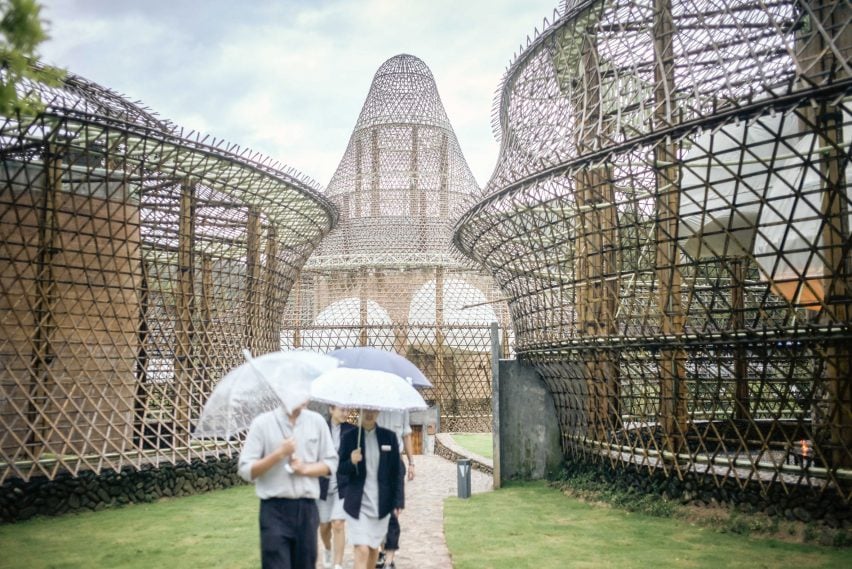
Bamboo Hostels, China (2016)
"The three bamboo hostels were built as part of an International Biennale in China, and all of them combine a rammed earth core and stone walls with a bamboo envelope inspired by traditional baskets or lamps," said Galiano.
"Delicate and resilient, light and strong, these three hostels awe users transforming sleep into the fabric of dreams."
"The Hostels in Baoxi with their inner core of stone and rammed earth and their expressive bamboo weavings wrapped around are a message that materials might be old, but they still can look contemporary," said Heringer.
"It is not a matter of how old a material is, it is a matter of our creative ability to use them in a way that meets the needs and aspirations of the current society."
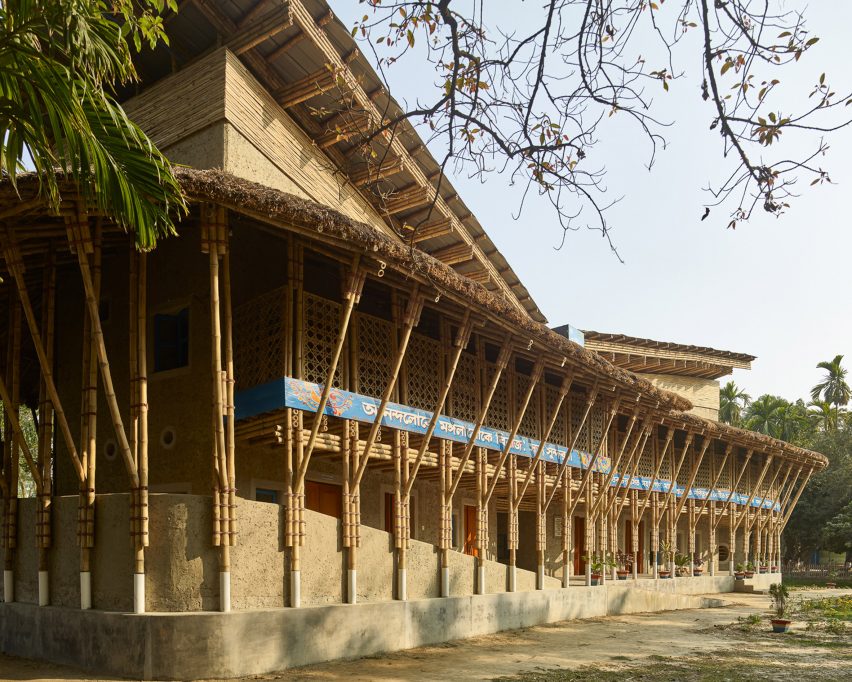
"This centre for people with disabilities is the workspace for Dipdii Textiles, a happy initiative of Anna that pursues the economic sustainability of the community giving a second life to worn-out saris joining design and craftswomanship," said Galiano.
"Like Meti, the building uses earth and bamboo, combining light structures with cave-like spaces, but here using more organic shapes to embrace nature and fuse with it."
"Unlike the other buildings in the area that are erected in a rectangular layout, the Anandaloy Building breaks the mould," added Heringer. "It dances in curves with a ramp that winds playfully around its inner structure."
"On a symbolic level, the building signals that it is great that we human beings are all different and also radiates the message that diversity is wonderful," she continued. "This project is the accumulation of the learning processes of all five previous projects in Rudrapur."
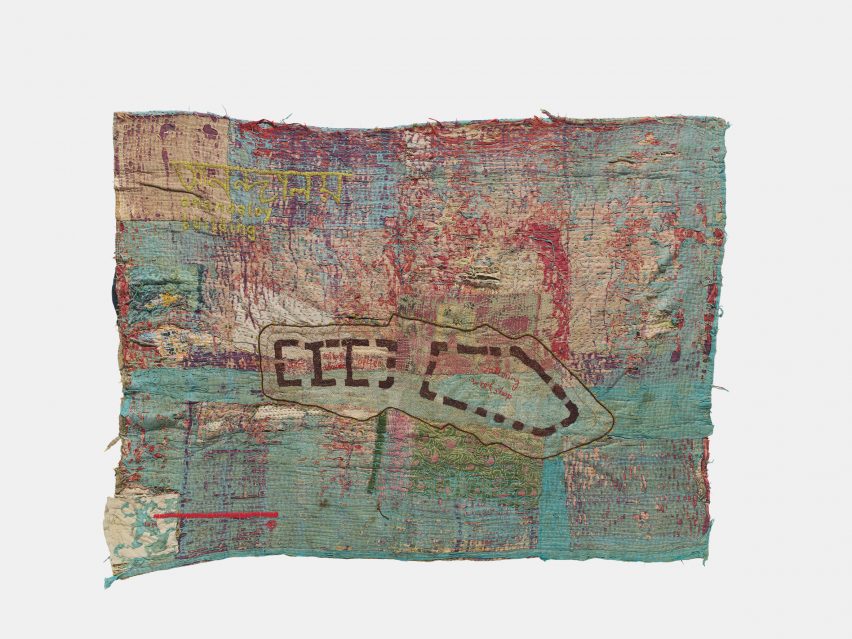
Dipdii Textiles, India (2020)
"The Dipdii textiles produced in Anandaloy are the centre of the Museo ICO exhibition, which shows a great variety of them hanging like precious tapestries, and with a collection of garments and complements offered in a shop whose proceeds go directly to the Bangladesh women who crafted them," said Galiano.
"We all constantly shape spaces – not just through urban planning and architecture but also through the way we consume," Heringer explained.
"Nothing shapes the settlement pattern in Bangladesh more than the textile sector and the clothes that we buy. We started this project to enable women in and around Rudrapur to stay in their villages and find work in humane and empowering conditions."
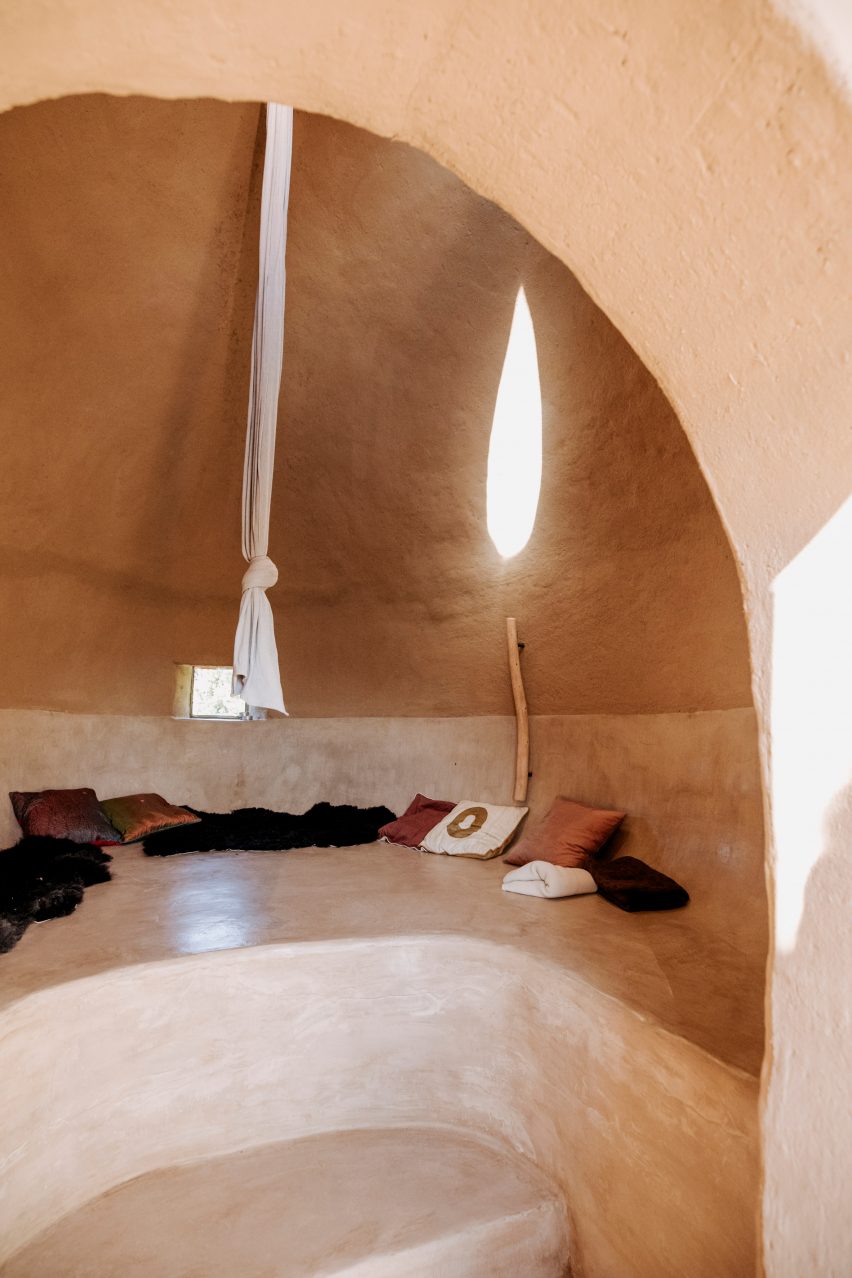
Birth Room, Austria (2020)
"The Space for Birth has only been built as a prototype in a pleasant scenery, but this alternative to the home or the hospital is conceived to be placed on the grounds of health institutions that can offer support to this maternal cave, roofed with a version of traditional tiles, that hopes to change the child-birthing culture in Austria," said Galiano.
"We have spaces for almost everything, but we don't have specific spaces for giving birth," said Heringer.
"A topic that has an imprint on every person's biography yet is completely overlooked. Hospitals are usually made with ultra-hygienic, cold, shiny, and non-tactile materials – nothing that supports the opening of one's senses, yet giving birth is all about opening up," she contiued.
"This space, designed in collaboration with Ana Duer, Martin Rauch and Sabrina Summer, is a prototype for a different kind of space made of the archaic element, earth."
Opened as part of Madrid Design Festival, Essential Beauty is on show at the Museo ICO in Madrid until 8 May 2022. See Dezeen Events Guide for an up-to-date list of architecture and design events taking place around the world.